Movie Star Photos For Sale
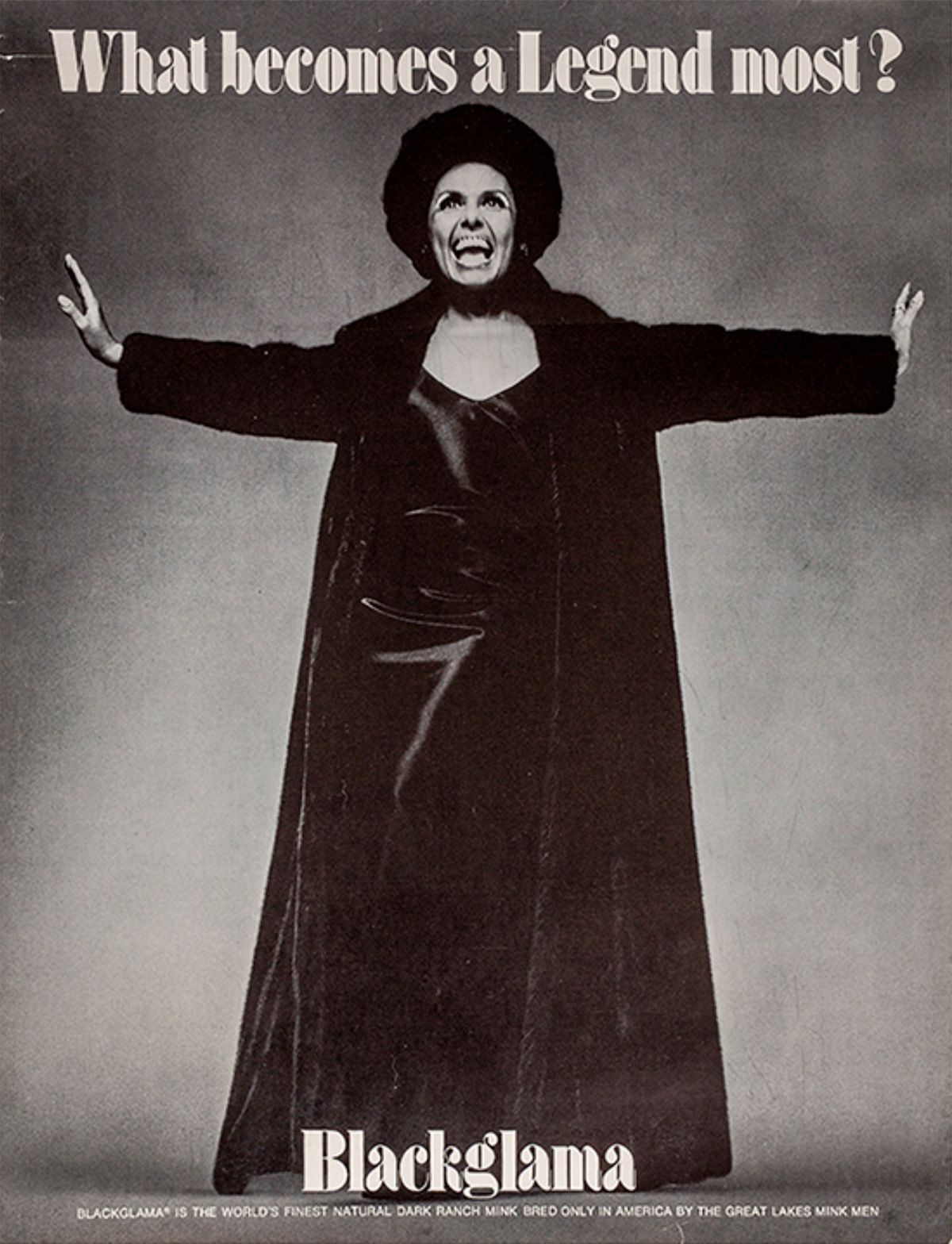
Lena Horne: African American Icon
| African American Movie Memorabilia, African Americana, Black History, Famous Female Vocalists, Famous Hollywood Portrait Photographers, Film & Movie Star Photographs
In honor of Black History Month we celebrate the ”What Becomes A Legend Most” icon, Lena Horne. When Lena Horne was asked to become the image for Blackglama’s 1969 ad campaign poster (see above), she follows in the heels of such female icons as Marlene Dietrich and Joan Crawford; she was the first…
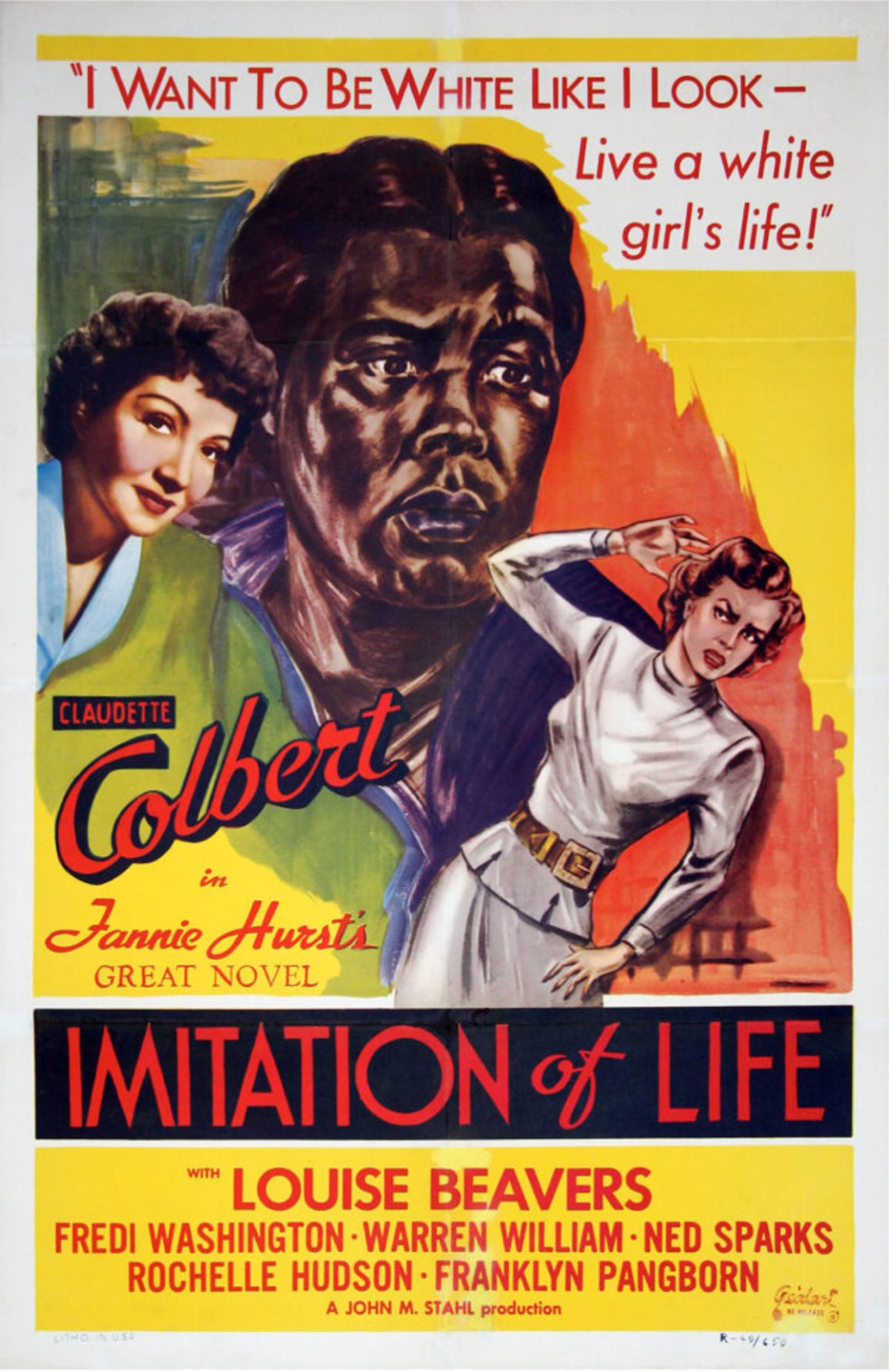
“Passing” Reflected in Three Films
The Netflex film Passing deals with the African American topic that has come to be known as “Passing” when a person classified as a member of a racial group is accepted or perceived (“passes”) as a member of another. Historically, the term has been used primarily in the United…
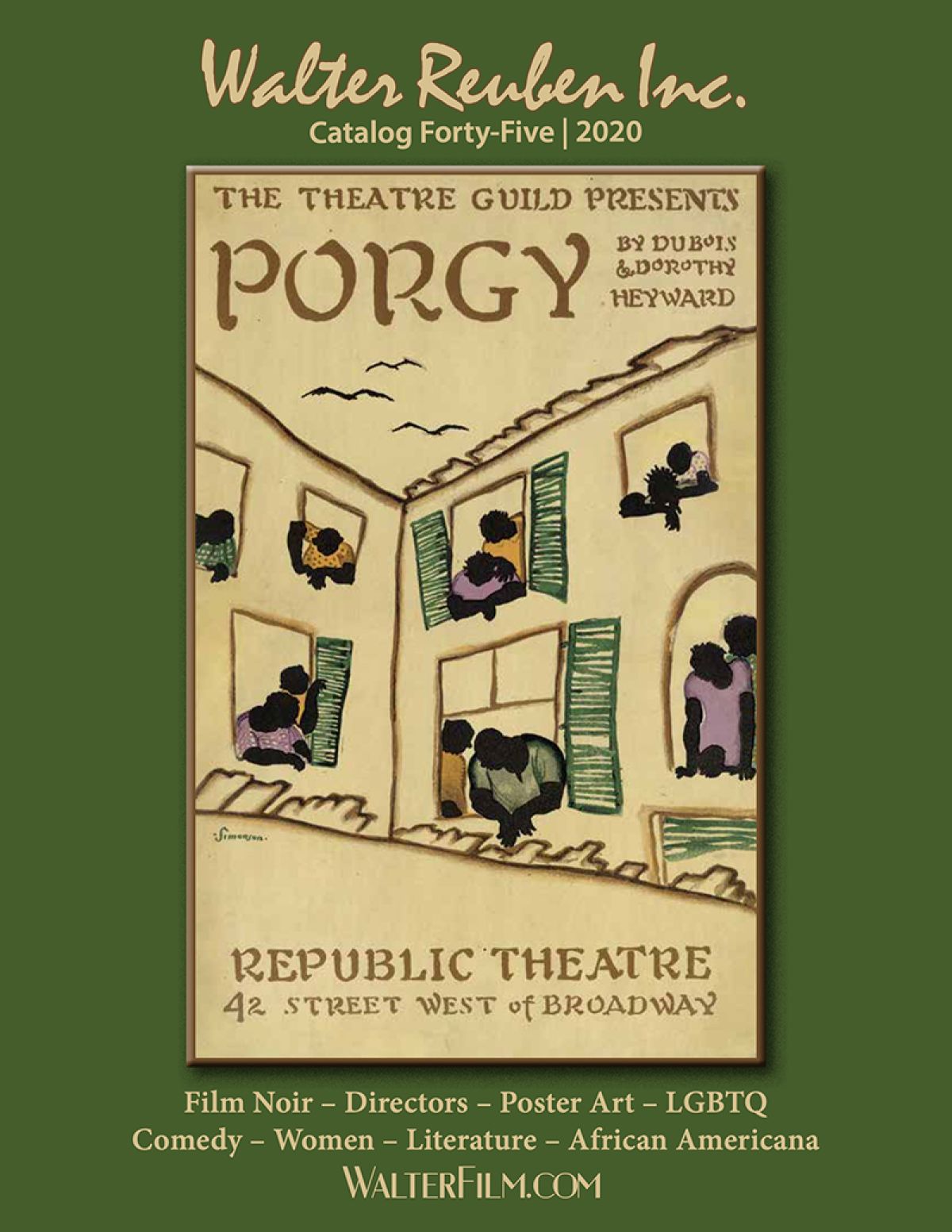
WALTER REUBEN CATALOG 45|2020
WalterFilm.com’s fourth catalog (#45/2020) contains 96 pages that include vintage original photographs, posters, programs, pressbooks, lobby cards and film scripts. The categories encompassed are: Featured, Film Noir, Directors, Poster Art, LGBTQ, Comedy, Women, Literature and African Americana.
Th…
Collecting Vintage African-Americana / Black Memorabilia
| African American Movie Memorabilia, African Americana, Black History, Film & Movie Star Photographs, Lobby Cards, Movie Memorabilia
Walter Film.com offers a range of vintage African-American Collectibles or Black Memorabilia that celebrate the achievements of actors, artists, musicians, athletes, politicians, and other members of the black community.
Vintage African Americana (vintage original star photographs, posters, lobby…
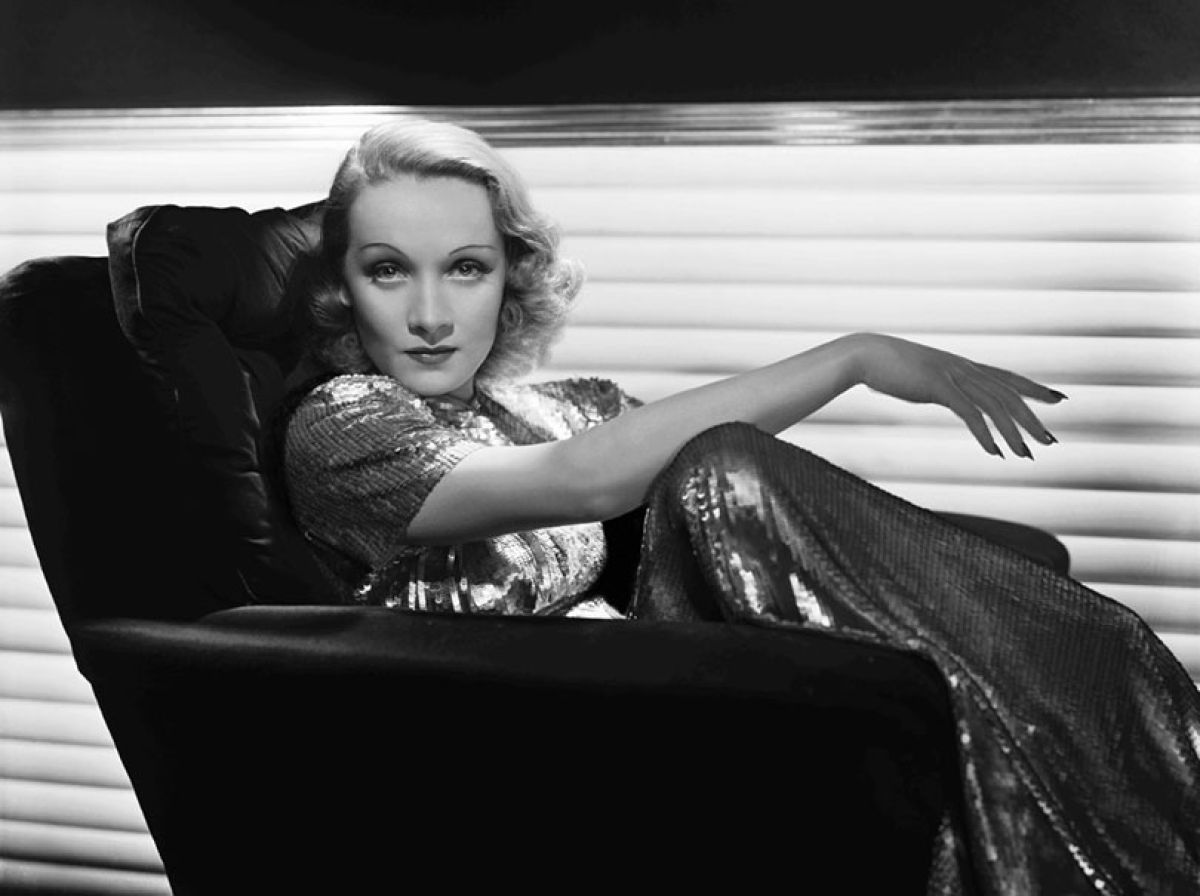
Shooting The Stars – The Golden Age of Hollywood Portraiture
Hollywood Portrait Photography came into existence at the beginning of the 20th Century, following the relocation of the film industry from the east coast to Hollywood. These fledgling studios needed to create interest in their motion pictures by promoting the actors who stared in them. From 1910 -…
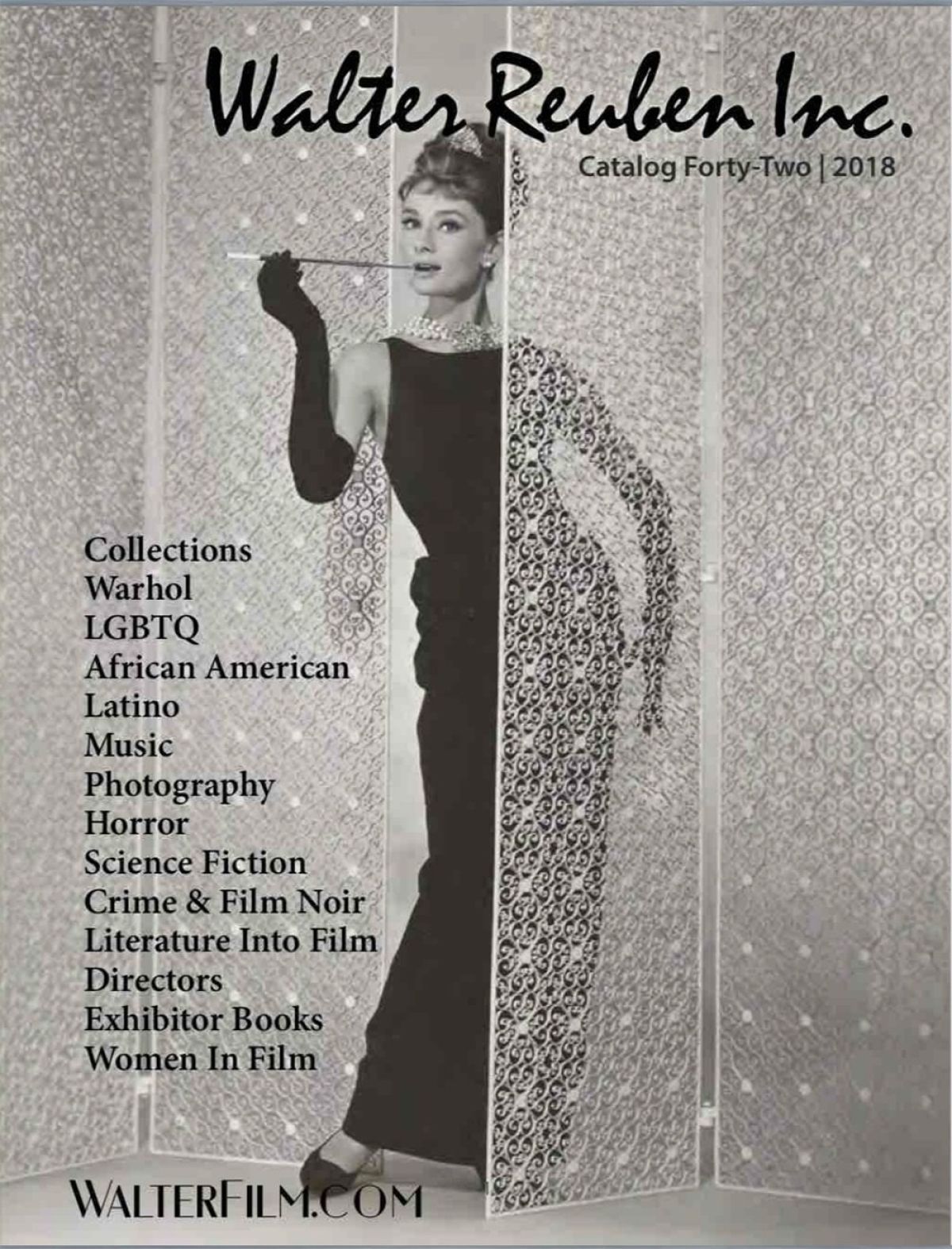
Walter Reuben Catalog 42|2018
As an addition to our WalterFilm.com website, we are delighted to announce that Walter Reuben Inc. has expanded its marketing profile to include a portfolio of catalogs that will consist of exceptional items, as exampled above. This first catalog in this series (#42/2018) is 126 pages and encompass…

